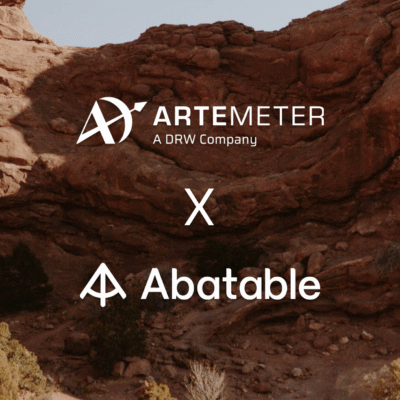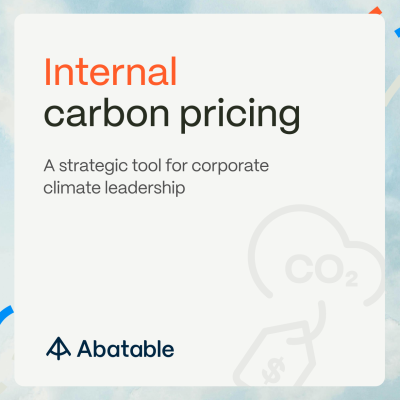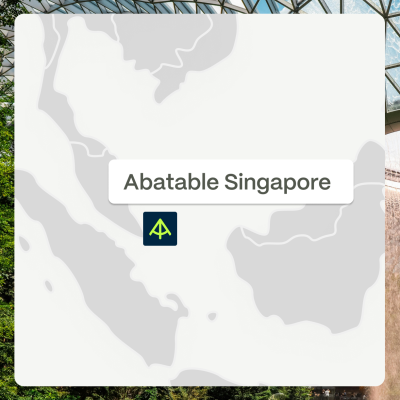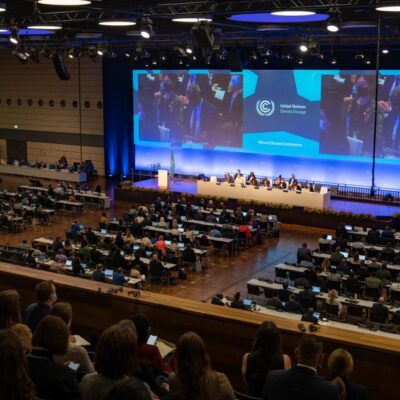Previously, we have looked at the pathway for an organisation’s transition to net-zero and beyond. Inevitably, most organisations will need to invest in carbon offsets to reach net-zero as their operations begin to fundamentally decarbonise, and an organisation may continue to invest in further offsetting projects to reach a climate positive goal.
This article will look at two varieties of carbon projects: carbon removal and carbon avoidance projects, either of which can generate credits an organisation can purchase to offset their emissions. If you’re interested in a deep dive into this area, check out Abatable’s The State of the Carbon Developer Ecosystem 2021 report.
We have recently created a helpful video that explains the concepts of carbon removal and avoidance:
Carbon Avoidance
Many human activities carry a significant carbon footprint, but particularly intense are the industrial burning of fossil fuels, and the destruction of natural carbon sinks such as forests. Carbon avoidance projects aim to curb these emissions by targeting these activities and capturing the emission they create, or preventing the activities altogether.
In the case of burning fossil fuels, the most effective way to capture emissions is to intercept them at locations where they are released into the atmosphere, such as industrial factories with carbon-intense operations. Avoidance projects therefore capture these emissions on site, store them, and in some instances ‘utilise’ them by processing the gases into new and useful materials. An example of this can be seen at the El Dorado Nitrogen plant in Texas, where ClimeCo have installed a catalyst estimated to sequester between 750,000 to 800,000 tonnes of nitrous oxide (N2O), a greenhouse gas approximately three-hundred times more potent than CO2.
Protecting carbon sinks such as forests is also a pivotal way to avoid potential emissions. Trees and smaller flora in forest ecosystems all store carbon, from the wood making up the bulk of trees, to the fungi that transfer and store carbon in forest soils. However, these intricate relationships, as well as the important biodiversity of forest ecosystems, are destroyed by human deforestation, causing the stored carbon to release back into the atmosphere at the alarming rate of approximately 13-million hectares per year.
The ‘reducing emissions from deforestation and forest degradation’, or REDD initiative, is working to create incentives for developing countries to reduce greenhouse gas emissions from forested lands. These incentives often work by paying communities to become stewards of forests, rather than cutting them down to create agricultural land. The mechanism allowing this to work is carbon avoidance credits, which put a price on the carbon stored in forests and pay local communities to keep it stored there.
Carbon Removal
Unlike carbon avoidance projects, which help avoid carbon being released, carbon removal projects focus on removing emissions that are already present in the atmosphere. There are a growing number of techniques for doing this, pioneered by an expanding number of companies and organisations.
Typically, carbon removal projects are divided into nature-based and technology-based solutions. As the name implies, nature-based solutions rely on organisms (such as algae) or naturally-occurring phenomena (such as chemical mineralisation) to draw carbon out of the atmosphere. Technology-based solutions in turn rely on human-developed mechanical, chemical or other engineered forms of removal to process the ambient air around us and remove present CO2.
A simple nature-based removal project is reforestation, or tree planting. However this simple idea becomes more complex when answering which trees can balance speedy growth, while also fostering biodiversity and avoiding areas subject to climate-related forest fires. Seaweed cultivation in oceans is another variety of project, with crops such as kelp absorbing CO2 from the air and growing up to 2 feet in length per day.
Technological solutions on the other hand may include direct air capture, as pioneered by companies such as ClimeWorks. The well-published pilot project in Iceland utilises geothermal power to directly filter CO2 out of the atmosphere via an air intake system which then pumps filtered air back into the atmosphere.













































































































